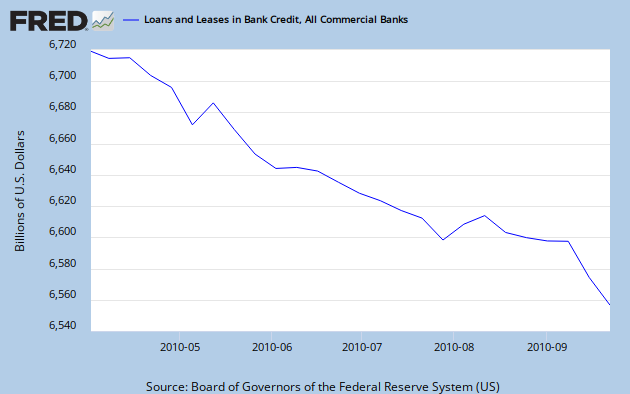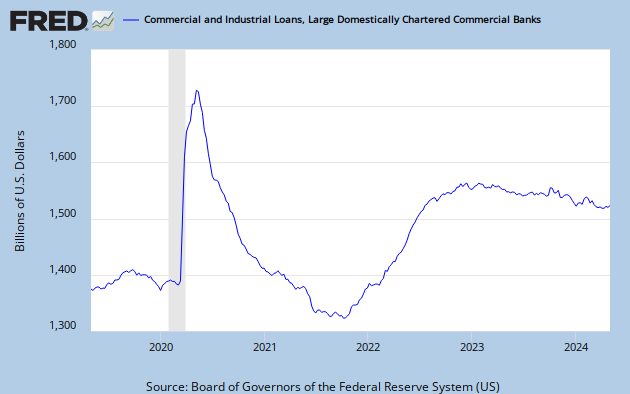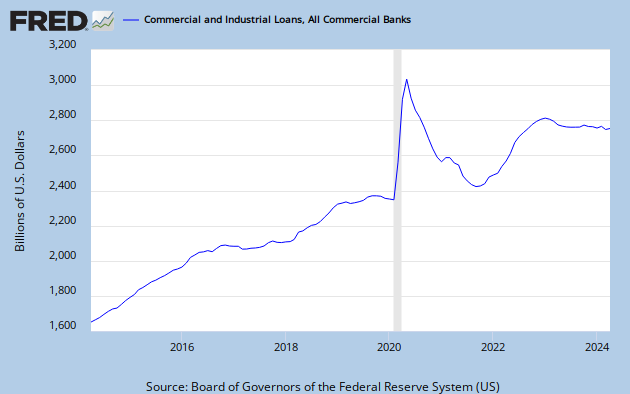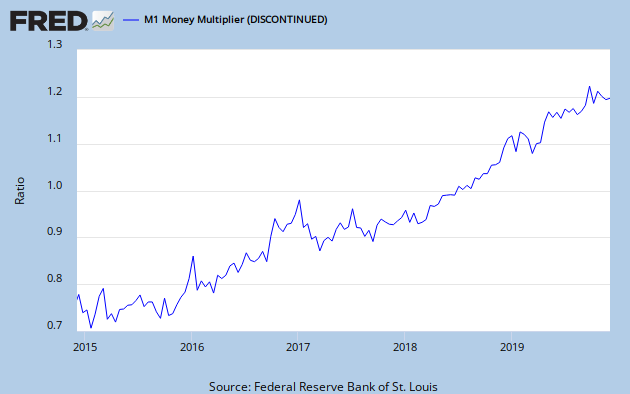In QE2 the Federal Reserve is buying $600 million in US Treasury debt to keep interest rates down. These purchases are thought by many to cause inflation and thus make gold and other hard assets more valuable. But most analysts have missed the main impact of QE2. The main impact of QE2 is to drive China from a fixed exchange rate. The impact of QE2 on US inflation will be minor, but the impact of the Fed's QE2 on China's inflation will be HUGE. The point of the policy is to force a change in exchange rates by China.
On Sunday (Dec 5th) Ben Bernanke in an interview on 60 Minutes Overtime said the following comments on the impact of QE2 on the China:
"If they fix the currency to the dollar, then China must have the same monetary policy as the US....
They are risking inflation by importing US monetary policy...
It's not in their own interest [for China to keep the currency fixed to the US dollar]."
The point is that all of the impact of QW2 is going to first impact other countries, especially China. In a
Telegraph Article Joseph Stiglitz presents the following:
All this liquidity that they’re creating is not going back to grow the American economy and is going to Asia and other emerging markets where it’s not wanted,” Mr Stiglitz said. “Most of the countries around the world have begun to react. They put in capital controls, exchange rate interventions, taxes on these capital flows - a variety of interventions.”
The Federal Reserve is set to buy an additional $600bn of Treasuries - dubbed QE2 - until June 2011 in an attempt to boost economic growth, according to the central bank's chairman Ben Bernanke.
However, Mr Stiglitz maintains that banks in America will invest money provided under the Fed’s program in Asian and other emerging markets, which have recovered faster from the recession.
Brazil's real has gained 1.5pc against the dollar so far this year, and Chile’s peso has appreciated 6.6pc against the greenback."
The point is QE2 will NOT cause US inflation, but will cause other nations to "do something". Each of the policy options for the countries will impact the commodities and gold.
So let's look at a simple example to see how this could happen. Let's imagine a simple economy. It has only US treasury debt, consumer product A and gold. China provides the consumer product A and can buy and sell gold. So the Fed buys $10 billion in Treasury bills and provides an additional $10 billion for people to buy consumer product A. So the Chinese manufacture and sell $10 million of Product A to the US. But then they have $10 million and must do something with the dollars. Because China has fixed the exchange rate, if they exchange the dollars to yuan to pay their workers, the Chinese Government must buy the dollars and print yuan. So the Chinese government prints 66 million yuan. But this is vary expansionary for China. The money supply in China is skyrocketing. Thus they have inflation and the Chinese react. What is an individual Chinese to do? Buy Dollars which may face sudden depreciation? Or buy Gold which will protect them from Chinese inflation? They buy gold. Thus, until China changes the exchange rate, individual Chinese will import gold and force the price up.
In real life the situation is much more complicated, but Ben Bernanke said in the interview with CBS that the US would not experience any inflation. He was very confident in this view. WHy? Because we are exporting the inflation to China.
Is this happening? Let's look at money supply:
"Broad money supply[in China], or M2, rose last month by 19.5 percent, the fastest gain in six months, the People’s Bank of China reported yesterday. M2 has surged 55 percent over the past two years and outstanding yuan-denominated loans have climbed to 47.4 trillion yuan, 60 percent more than in November 2008. "
Ahhhhh...... Chinese money supply increases by almost 20!
What about inflation?
"Consumer prices rose a more-than-forecast 5.1 percent from a year earlier, a statistics bureau report showed in Beijing today. Producer-price inflation was 6.1 percent, higher than any of 28 economists surveyed by Bloomberg News had estimated. "
So the US QE2 policy is impacting the money supply and inflation in China, not the US. The Chinese realize this and are reacting:
"BEIJING (AFP) - – A Chinese government think tank has warned inflationary pressures are building in the economy and consumer prices will remain "relatively high" in 2011, amid growing expectations of a rate hike.
The Chinese Academy of Social Sciences also cautioned that the world's second-largest economy was at risk of overheating next year "if the growth speed is not controlled properly", Xinhua news agency said Wednesday."
Full ArticleThus, the Fed Policy of QE2 will NOT cause inflation in the US. But it will overheat and cause inflation in China. The Chinese government is helpless to either have inflation or change the exchange rate.
Lastly, what about all the other countries like emerging markets Brazil?
"Brazil's real has gained 1.5pc against the dollar so far this year, and Chile’s peso has appreciated 6.6pc against the greenback. "
The dollar is deprecating against all the free floating currencies. But this pushes the price of all portable assets, like gold, silver and oil up. The price to Brazilians of these products is FALLING, without a price increase in dollars. So all portable assets have a upward price pressure in dollars.
What investments will work in this environment? Only hard assets that the Chinese [& people in other countries] can buy. Thus, US physical assets (like property, apartments and other assets in the US) will not benefit from QE2. But assets that the Chinese can buy (like Gold and Silver) will benefit. When the market begins to understand this basic relationship, then these scarce hard assets that are portable, will increase in value beyond normal inflation and be the best asset class for investors to own.
What about oil? Oil is an interesting problem because if the Chinese economy does slow, the oil demand will fall. But the retail price of gasoline and other fuels are not always market prices. The Chinese government especially in times of inflation often limits the price of oil products and uses the excess foreign exchange reserves to buy oil. But a slower growth in China will lower the demand for oil from the other wise crazy increases in demand that would have occurred. Oil demand in China will not FALL but increase at a slower pace. If the US economy slowly rebounds, this will add to the demand for oil and given the limited supply will put pressure on the oil price. Oil is a portable assets that the Chinese might buy to store. Thus, the oil price looks to be even to up because the increased Chinese demand.
Bottom line: Buy portable assets that Chinese, Brazilians and others can purchase. Other assets like apartment buildings and housing will not see the impact of this inflation. Oil should see the positive impact, as well as soft commodities that are exported from the US.



























.jpg)

























